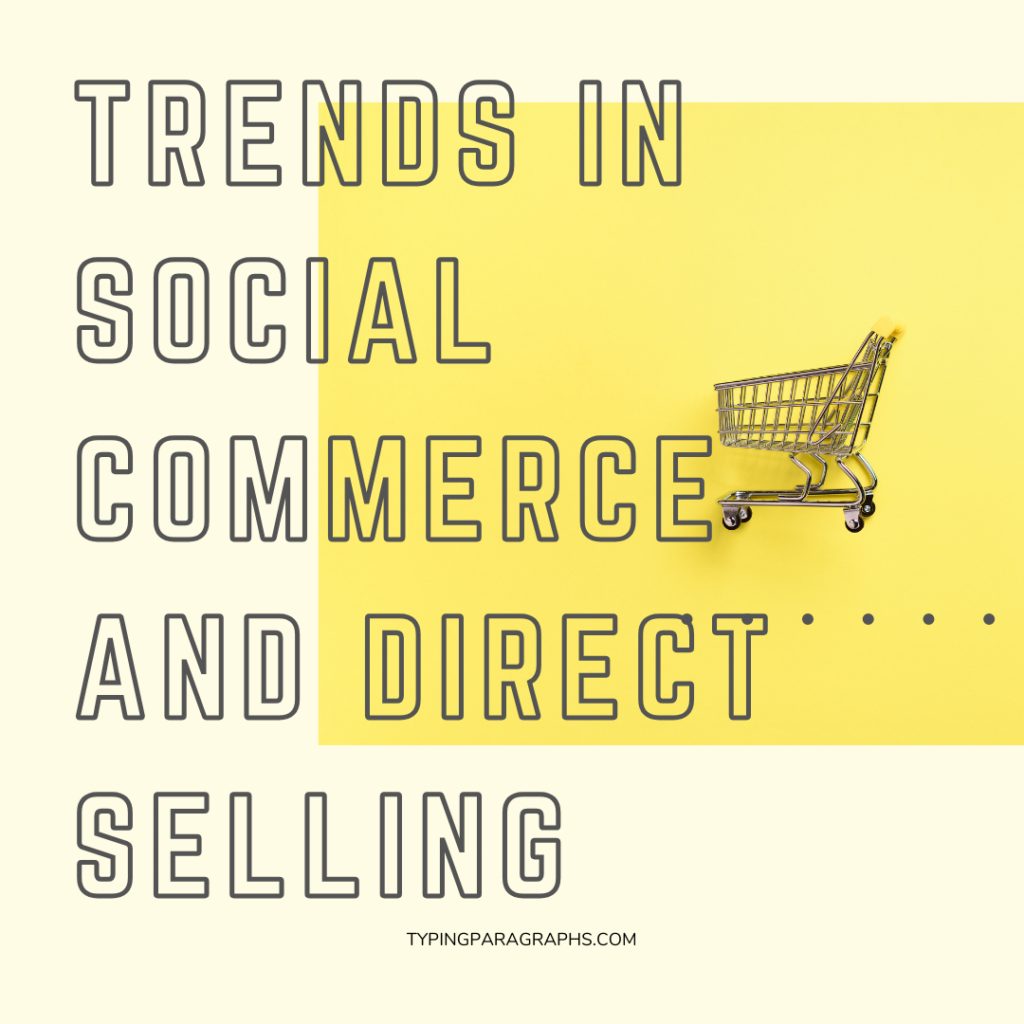Trends in Social Commerce: Selling Directly on Social Media Platforms

You can copy this text, paste it into Notepad, save it, Check out
In recent years, social commerce has emerged as a game-changer in the e-commerce landscape, allowing brands to sell products directly to consumers through social media platforms. With the increasing popularity of social media and the growing influence of social networks on consumer behavior, social commerce has become a powerful channel for brands to engage with customers, drive sales, and build brand loyalty. In this comprehensive guide, we will explore key trends in social commerce, examine the rise of selling directly on social media platforms, and discuss strategies for brands to capitalize on this growing trend.
One of the most significant trends in social commerce is the integration of e-commerce functionality directly into social media platforms. Major social media platforms such as Facebook, Instagram, Pinterest, and Snapchat have introduced features that allow businesses to create shoppable posts, tags, and ads, enabling users to browse and purchase products without leaving the platform. This seamless integration of commerce into the social media experience has transformed the way consumers discover, research, and purchase products, blurring the lines between social networking and online shopping.
Moreover, the rise of social commerce has been fueled by the growing popularity of mobile shopping and the shift towards mobile-first experiences. With the majority of social media users accessing platforms on mobile devices, social commerce provides brands with an opportunity to reach consumers where they spend most of their time online. Mobile-friendly features such as in-app checkout, one-click payments, and personalized product recommendations make it easy for users to browse and buy products on social media, driving impulse purchases and increasing conversion rates.
Furthermore, social commerce has been driven by the rise of influencer marketing and user-generated content (UGC) on social media platforms. Influencers and content creators play a crucial role in promoting products and driving sales through their authentic and engaging content. Brands collaborate with influencers to create sponsored posts, product reviews, and unboxing videos, leveraging their influence and reach to promote products to their followers. Similarly, user-generated content such as customer reviews, testimonials, and photos provide social proof and validation, encouraging other users to make purchases.
Additionally, social commerce platforms are increasingly incorporating advanced technologies such as augmented reality (AR) and virtual reality (VR) to enhance the shopping experience. AR try-on tools allow users to visualize products in their real-world environment before making a purchase. At the same time, VR shopping experiences provide immersive and interactive experiences that mimic the in-store shopping experience. These technologies not only enhance the overall shopping experience but also reduce the barriers to online shopping by addressing concerns such as product fit, quality, and authenticity.
In conclusion, social commerce represents a significant shift in the way brands and consumers interact and transact online. With the integration of e-commerce functionality directly into social media platforms, the rise of mobile shopping, the influence of influencers and user-generated content, and the adoption of advanced technologies, social commerce has become a key driver of online sales and revenue growth for brands. As social commerce continues to evolve and expand, brands that embrace this trend and invest in social commerce strategies will be better positioned to capitalize on the opportunities presented by the convergence of social media and e-commerce.

